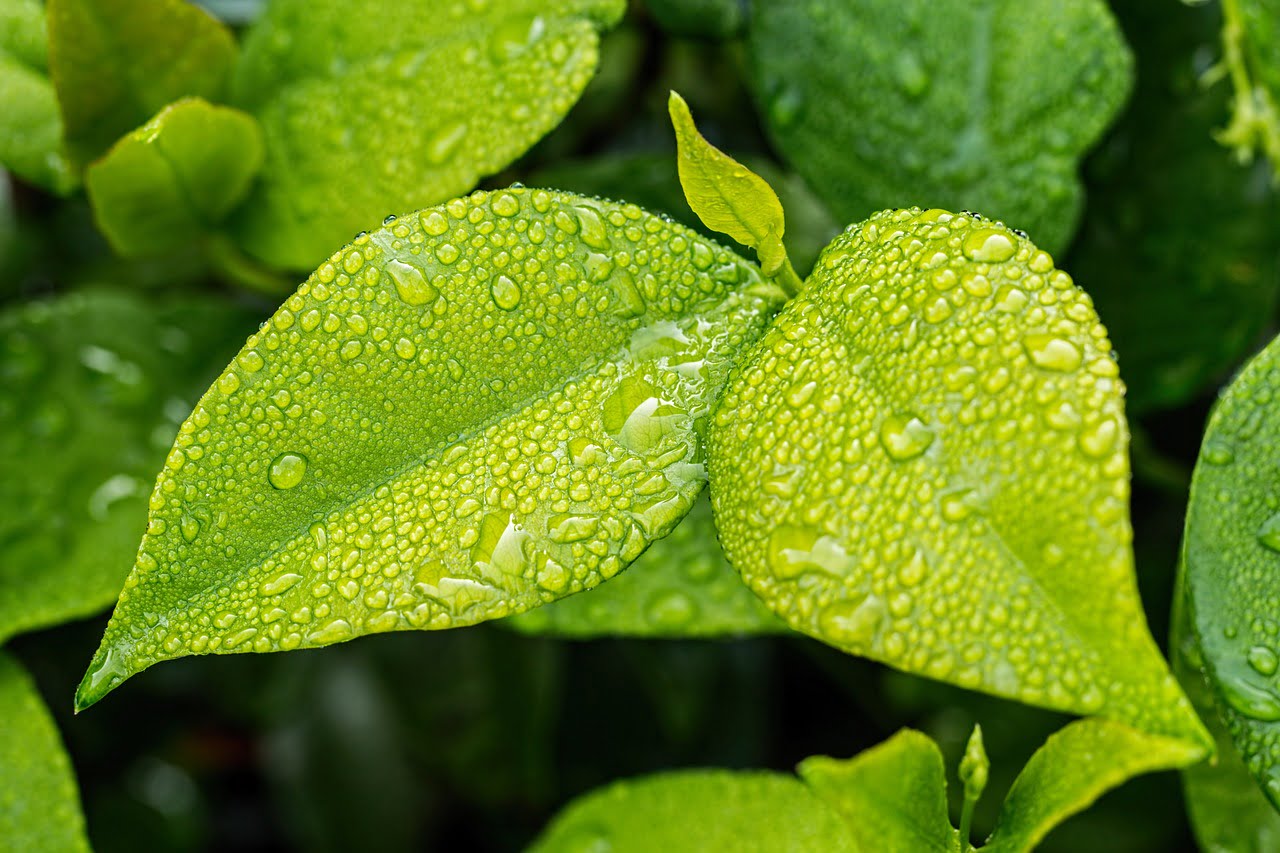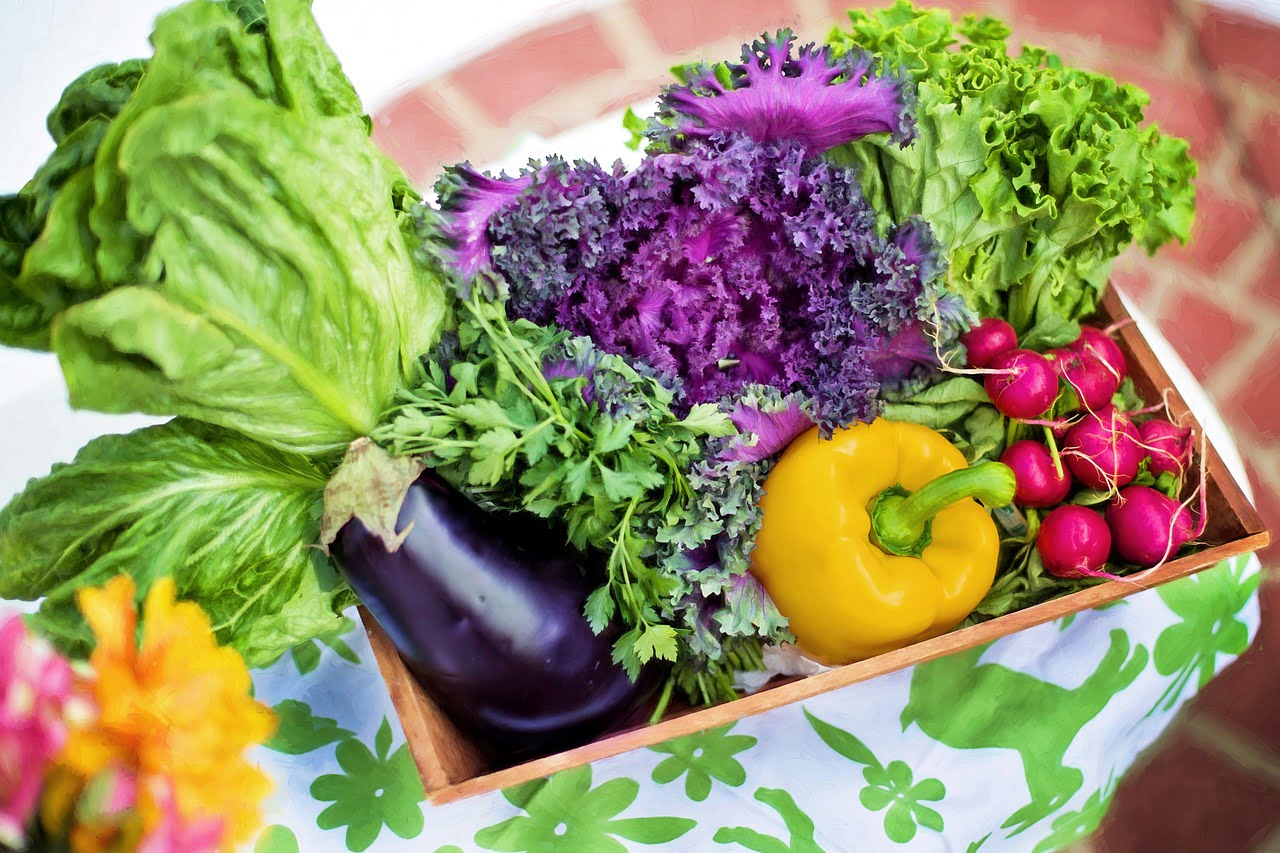Are you ready to take your gardening skills to new heights? Look no further than “The Ultimate Guide to Rooftop Container Gardening.” This comprehensive article will provide you with all the necessary tools and tips to transform your rooftop into a lush green oasis. From selecting the perfect containers to choosing the right soil and plants, this guide has got you covered. So grab your gardening gloves and get ready to embark on a rooftop gardening adventure like no other!
The Ultimate Guide to Rooftop Container Gardening
If you’re looking to bring the beauty and tranquility of a garden to your rooftop, container gardening is the perfect solution. With the right containers, plants, soil, and care, you can create a lush and thriving garden oasis in even the most urban of spaces. In this comprehensive guide, we will walk you through every step of the process, from choosing the right containers to creative design ideas. So let’s get started on your rooftop container gardening journey!

Choosing the Right Containers
Consider the size and weight limitations
Before selecting containers for your rooftop garden, it’s important to consider the size and weight limitations of your rooftop space. Take into account the load-bearing capacity of your rooftop and ensure that the containers you choose are not too large or heavy. Opt for lightweight containers made from materials such as plastic or fiberglass that won’t add unnecessary stress to your rooftop structure.
Select containers with proper drainage
Proper drainage is crucial for the health and growth of your plants. Choose containers that have drainage holes at the bottom to allow excess water to escape. This prevents waterlogged soil, which can lead to root rot and other plant diseases. If you fall in love with a container that doesn’t have drainage holes, consider drilling holes in the bottom or using a layer of gravel or broken pottery to create a reservoir for excess water.
Choose materials that can withstand outdoor elements
Since your rooftop garden will be exposed to the elements, it’s important to choose containers made from materials that can withstand harsh outdoor conditions. Look for containers made from durable materials such as ceramic, concrete, or metal. These materials are more resistant to temperature fluctuations, moisture, and UV rays, ensuring that your containers will last for years to come.
Selecting the Ideal Plants
Consider the amount of sunlight the rooftop receives
The amount of sunlight your rooftop receives will determine the types of plants that will thrive in your container garden. Assess how many hours of direct sunlight your rooftop gets throughout the day. Full sun means at least 6 hours of direct sunlight, while partial sun or shade means less than 6 hours. Choose plants that are suited to your rooftop’s sun exposure to ensure their healthy growth.
Choose plants that thrive in containers
Not all plants are suitable for container gardening, so it’s important to choose plants that will thrive in your containers. Look for plants labeled as “dwarf,” “patio,” or “container-friendly” varieties. These plants are specifically bred to have compact growth habits and can thrive in the limited space of a container. Herbs, lettuces, and flowers like petunias, geraniums, and marigolds are popular choices for container gardening.
Opt for plants with compact or trailing growth habits
In a rooftop container garden, space is at a premium. To make the most of your vertical space, opt for plants with compact or trailing growth habits. Compact plants, such as cherry tomatoes or dwarf peppers, are ideal for small containers and can still yield a bountiful harvest. Trailing plants, such as trailing petunias or ivy, can be grown in hanging baskets or cascading down the sides of taller containers, adding visual interest and maximizing space.
Essential Soil and Fertilizers
Select a high-quality potting mix
Choosing the right soil is crucial for the success of your rooftop container garden. Opt for a high-quality potting mix specifically formulated for container gardening. These mixes are lightweight, well-draining, and provide the necessary nutrients for plant growth. Avoid using garden soil, as it tends to be heavy and can compact in containers, leading to poor drainage.
Add organic matter to improve drainage and moisture retention
To further improve the drainage and moisture retention of your potting mix, add organic matter such as compost or coconut coir. Organic matter helps to break up heavy soils, allowing water to flow freely, while also retaining moisture for the plants to draw from. This combination creates a healthy and well-balanced growing environment for your rooftop container plants.
Use slow-release fertilizers for optimal growth
To ensure your plants receive the necessary nutrients for healthy growth, incorporate slow-release fertilizers into your container gardening routine. Slow-release fertilizers provide a steady supply of nutrients over an extended period, reducing the need for frequent fertilizing. Follow the instructions on the fertilizer packaging for the correct application rates, as over-fertilizing can lead to burned roots or poor plant growth.
Watering Techniques
Water plants deeply and infrequently
Proper watering is essential to maintain the health and vitality of your rooftop container garden. Instead of frequent shallow waterings, water your plants deeply and infrequently. This encourages the roots to grow deeper into the soil and promotes stronger, healthier plants. When watering, thoroughly saturate the soil until water runs out of the drainage holes, ensuring that the entire root zone is hydrated.
Use a watering can or drip irrigation system
When it comes to watering your container plants, it’s important to do so gently and evenly. Avoid using a high-pressure hose, as it can disturb the soil and potentially damage delicate leaves and flowers. Instead, opt for a watering can or a drip irrigation system with adjustable emitters. These methods allow for a more controlled and targeted watering, ensuring that each plant receives the right amount of moisture.
Check moisture levels regularly
To prevent under or over-watering your container plants, it’s important to regularly check the moisture levels in the soil. Stick your finger about an inch into the soil to test for moisture. If it feels dry at this depth, it’s time to water. If it feels damp, hold off on watering for a little longer. Monitoring the moisture levels will help you establish a watering schedule that suits the specific needs of your rooftop garden.

Managing Sun and Shade
Create shade using umbrellas or shade cloth
During the hot summer months, your rooftop garden may need some shade to protect the plants from intense sunlight. One way to create shade is by using umbrellas or installing a shade cloth. Position the umbrellas or shade cloth strategically to block out the hottest parts of the day, providing some relief to your plants and preventing sunburn or heat stress.
Use reflective materials to redirect sunlight
If your rooftop garden receives intense heat and sunlight, consider using reflective materials to redirect some of the sunlight. Place mirrors or reflective panels strategically around your garden to bounce sunlight back onto the plants and prevent excessive heating. This technique can help to cool down the temperature in your containers and create a more favorable growing environment.
Rotate plants to ensure equal sun exposure
To ensure that all your plants receive equal sun exposure and prevent uneven growth, it’s important to rotate them regularly. Move containers around your rooftop garden throughout the growing season, placing them in areas that receive different levels of sunlight. This will give each plant a chance to bask in the optimum amount of light and promote balanced growth.
Controlling Pests and Diseases
Inspect plants regularly for pests
Preventing and managing pests is an important part of rooftop container gardening. Inspect your plants regularly for signs of pests, such as chewed leaves, discolored foliage, or visible insects. Be on the lookout for common garden pests like aphids, spider mites, and slugs. If you spot any pests, take immediate action to minimize their impact on your plants.
Use organic pest control methods
In a rooftop garden, it’s best to use organic pest control methods to avoid exposing yourself, your family, and the environment to harmful chemicals. There are several organic pest control options available, including using companion plants that repel pests, introducing beneficial insects like ladybugs or lacewings, or making homemade sprays using ingredients like neem oil or soap. Choose methods that are safe, effective, and environmentally friendly.
Prevent diseases by providing proper air circulation
Preventing diseases is crucial for the overall health of your rooftop container garden. Good air circulation helps to reduce humidity levels and prevents the buildup of moisture, which can lead to fungal diseases. Avoid overcrowding your containers and ensure that there is enough space between plants for air to circulate freely. Prune any diseased or damaged foliage promptly and dispose of it properly to prevent the spread of diseases.

Supporting Structures and Trellises
Install trellises for climbing plants
If you’re growing climbing or vining plants in your rooftop container garden, installing trellises is a must. Trellises provide support for the plants to grow vertically, maximizing space and creating a visually stunning display. Choose trellises made from durable materials like metal or wood and securely anchor them to your containers or rooftop structure to ensure stability.
Use stakes or cages for support
For taller plants or those with heavy fruit or flowers, stakes or cages can provide additional support. Place stakes or cages in the containers near the plants and gently tie the stems or branches to them, helping them stay upright and preventing them from bending, breaking, or toppling over. This simple technique ensures the plants’ stability and promotes healthy growth.
Provide adequate space for plants to grow vertically
When designing your rooftop container garden, it’s essential to provide adequate space for your plants to grow vertically. Account for the potential height and spread of each plant when determining the distance between containers and the placement of trellises or supports. Giving your plants enough room to grow will help prevent overcrowding and allow them to flourish to their full potential.
Harvesting and Pruning Tips
Harvest plants regularly to promote continuous growth
To encourage continuous growth and ensure a bountiful harvest, it’s important to harvest your plants regularly. For vegetables and herbs, harvest mature leaves or fruits as soon as they are ready. This signals to the plant that it has completed its life cycle and triggers it to produce more. Regular harvesting also prevents over-ripening and promotes healthier plants overall.
Prune and trim plants to maintain shape and size
To maintain the shape and size of your container plants, regular pruning is essential. Remove any dead, diseased, or damaged foliage, as well as any overcrowded or crossing branches. Trim back branches that are growing too long and prune excessively vigorous growth to encourage branching and compactness. Use sharp and clean tools to make precise cuts and minimize the risk of disease transmission.
Use sharp and clean tools for pruning
When pruning your container plants, it’s important to use sharp and clean tools. Dull or dirty tools can cause harm to the plants, introduce diseases, or create uneven cuts that may not heal properly. Use sanitized pruning shears, scissors, or secateurs for smaller cuts and loppers or a pruning saw for larger branches. Clean your tools with rubbing alcohol or a diluted bleach solution between uses to prevent the spread of diseases.

Weather Protection and Maintenance
Protect plants from extreme weather conditions
Rooftop gardens are often exposed to extreme weather conditions, such as intense heat, strong winds, or heavy rains. Protect your plants from these conditions by providing them with some form of shelter. Move containers to a more sheltered area during severe weather events or use temporary structures like plant covers or mini-greenhouses to shield the plants from harsh conditions.
Provide insulation during cold temperatures
During colder months, it’s important to provide insulation for your rooftop container garden to protect the plants from freezing temperatures. Wrap containers with insulating materials like bubble wrap or horticultural fleece to retain heat and prevent the roots from freezing. Place containers in more sheltered areas, such as against a wall or near heat-retaining structures, to reduce exposure to cold winds.
Regularly clean and inspect containers
Regular cleaning and inspection of your containers are essential for maintaining a healthy and attractive rooftop garden. Remove any debris, dead leaves, or plant material from the containers to prevent the buildup of pests or diseases. Check for any signs of wear or damage, such as cracks or chips, and repair or replace containers as needed. Keeping your containers clean and in good condition will ensure the longevity of your rooftop garden.
Creative Design Ideas
Arrange containers in different heights and groupings
To create visual interest and maximize space, arrange your containers in different heights and groupings. Use taller containers or elevate some containers on plant stands to create varying levels. This adds dimension to your rooftop garden and allows for a more layered and dynamic design. Play with different sizes, shapes, and materials to create a unique and aesthetically pleasing arrangement.
Incorporate vertical gardening techniques
Vertical gardening is an excellent way to make the most of your rooftop space. Install vertical planters, hanging baskets, or wall-mounted containers to grow plants vertically. This not only adds a striking visual element to your garden but also maximizes space. Consider growing trailing plants, herbs, or even small vegetables in vertical planters to create a living wall of greenery.
Use decorative elements for visual appeal
In addition to plants, consider incorporating decorative elements into your rooftop container garden for added visual appeal. Place colorful pots, decorative statues, or hanging lanterns amongst your containers to create a charming and inviting atmosphere. Play with different textures and materials, such as ceramic, metal, or reclaimed wood, to enhance the overall aesthetic of your rooftop garden.
Creating a rooftop container garden is a rewarding and enjoyable endeavor. By following the steps outlined in this guide, you’ll be able to choose the right containers, select ideal plants, provide essential soil and fertilizers, implement proper watering techniques, manage sun and shade, control pests and diseases, support plants with structures, harvest and prune effectively, protect from weather, and maintain an aesthetically pleasing design. So roll up your sleeves, gather your essential tools, and get ready to transform your rooftop into a thriving garden oasis. Happy gardening!

